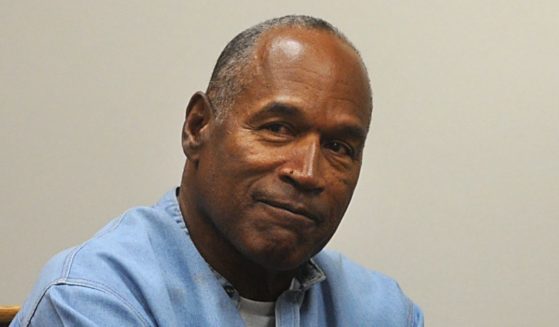Dozens buried by landslide at unlicensed Indonesia gold mine
JAKARTA, Indonesia (AP) — The collapse of an unlicensed gold mine in Indonesia buried dozens of people, and rescuers dug desperately with their bare hands and farm tools on Wednesday to unearth victims calling for help from beneath the rubble.
National disaster agency spokesman Sutopo Purwo Nugroho said three people were confirmed dead and 14 have been rescued. “It is estimated that 43 people are still buried,” he said.
Makeshift wooden structures in the mine in North Sulawesi province’s Bolaang Mongondow district collapsed Tuesday evening due to unstable soil and the large number of mining holes, burying people in the mine pit.
Local disaster official Abdul Muin Paputungan said the search effort was difficult because of the risk of causing more landslides and a lack of equipment.
“Unstable soil conditions make us extra careful lifting rocks because it can lead to new landslides,” Paputungan said. “We still hear voices crying for help from people beneath the rubble.”
Informal mining operations are commonplace in Indonesia, providing a tenuous livelihood to thousands who labor in conditions with a high risk of serious injury or death.
Miners often burrow straight into hillsides with few supports, and children often are sent into the tunnels to dig and carry out ore hacked from rock faces.
Police, search and rescue agency workers, soldiers and Indonesian Red Cross personnel were taking part in the rescue effort, but the remote location was complicating the operation.
Paputungan said the mine and a village connected to it are in a steep area that can only be reached by foot. Earth-moving equipment and ambulances can’t reach the location, he said.
Indonesia accounts for about 3 percent of world gold production. Most of that comes from the Grasberg mine in Papua province, said to be the world’s largest gold mine with $40 billion in reserves and up to 20,000 workers.
But small artisanal, often unauthorized mining is rising in many parts of Asia and Africa. A study by the Intergovernmental Forum on Mining, Minerals, Metals and Sustainable Development found the number of people engaged in such mining has risen to over 40 million, up from 30 million in 2014 and 6 million in 1993.
Landslides, flooding and collapses of tunnels are just some of the hazards in such mining. Much of the processing of gold ore involves use of highly toxic mercury and cyanide by workers using little or no protection.
The Western Journal has not reviewed this Associated Press story prior to publication. Therefore, it may contain editorial bias or may in some other way not meet our normal editorial standards. It is provided to our readers as a service from The Western Journal.
Truth and Accuracy
We are committed to truth and accuracy in all of our journalism. Read our editorial standards.












